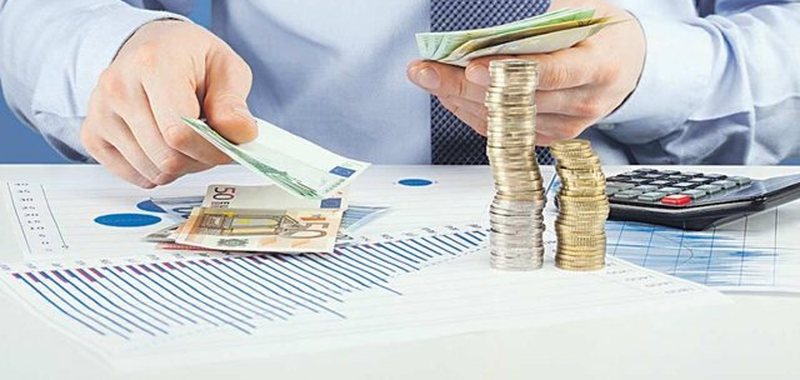Global commodity prices set to fall - Expected to shrink to lowest level since pandemic

According to the World Bank's latest report, global commodity prices are expected to fall to their lowest level since 2020, marking the fourth consecutive year of decline. The bank predicts prices will contract by 7% in both 2025 and 2026, due to slowing global economic growth, a glut in the oil market and economic policy uncertainty.
Falling energy prices are helping to reduce global inflation, while lower rice and wheat prices have made food more affordable in some developing countries. However, despite this decline, commodity prices remain higher than before the pandemic; they are expected to be 23% more expensive in 2025 and 14% more expensive in 2026 compared to 2019.
Global oil gluts have expanded significantly in 2025 and are expected to increase further next year, reaching 65% above 2020 levels. Oil demand is growing more slowly, driven by the use of electric and hybrid vehicles. As a result, the price of Brent crude is expected to fall from $68 per barrel in 2025 to $60 in 2026, marking a five-year low.
Food prices are also falling, with a projected decline of 6.1% in 2025 and 0.3% in 2026. Soybeans will be cheaper due to record production and trade tensions, but are expected to stabilize later. Coffee and cocoa prices are forecast to decline in 2026 as supplies improve. On the other hand, agricultural chemicals will become more expensive by 21% in 2025, as a result of high production costs and trade restrictions, before falling by 5% next year.
Precious metals, on the other hand, have reached record highs. Gold is set to expand by 42% in 2025 and an additional 5% in 2026, almost double the 2015–2019 average. Silver is also expected to grow by 34% in 2025 and 8% in 2026.
According to the World Bank, higher-than-expected production from OPEC+ countries could increase the oil surplus and further lower prices. Conversely, escalating geopolitical tensions could have the opposite effect and boost demand for gold and silver as “safe havens.”
Also, a stronger La Niña phenomenon could hurt agricultural production and increase demand for electricity. While the rapid expansion of artificial intelligence could increase the prices of energy and base metals such as aluminum and copper, essential for building technological infrastructure.

How did this week end for the major currencies?
The US dollar closed the week negatively after recording another decline this morning, being bought this Friday at 83 lek and being sold at 84.1 lek......

Greece, tourism "fills" the state coffers - New visitor fees have brought in over 300 million euros by August
As tourism revenues grow, Greek state revenues are also expanding, not only from business taxes and VAT, but also from fees imposed on tourism activities.......

OpenAI, collaboration with PayPal - Agreement allows users to purchase products through ChatGPT
PayPal is partnering with OpenAI to enable users to purchase products directly through its artificial intelligence chatbot, ChatGPT. Under the agreement,......

New tunnel connects Austria with Italy - Underground road expected to be completed in 2032
Deep in the Austrian Alps, one of Europe's most important infrastructure projects is advancing, the Brenner Base Tunnel. Once completed, the......

"Tourism needs 30 thousand employees", simplification of procedures for foreigners is required
The Albanian Tourist Union is calling for the simplification of procedures for issuing residence permits to foreign workers, as it considers it impossible to......

The Parliamentary Committee on Economy approves the draft law "On the responsibilities of entities that generate waste"
Under the leadership of the chairwoman Ms. Milva Ekonomi, the Committee on Economy, Employment and Finance, in its next meeting and in the capacity of the......

Lezha changes "course"! Investment yes, consumption no/ Housing loans increase by 30%, consumer loans decrease by 13%
The retail credit market in Albania has expanded significantly during the third quarter of 2025, reflecting an increase in citizens' confidence in the......

Businesses are changing the purpose of borrowing - Llakaj: They are investing in innovative equipment to adapt to the EU
Albanian businesses are changing the way they use bank loans, while showing a more sustainable approach to bank financing. According to the Bank of Albania......





















